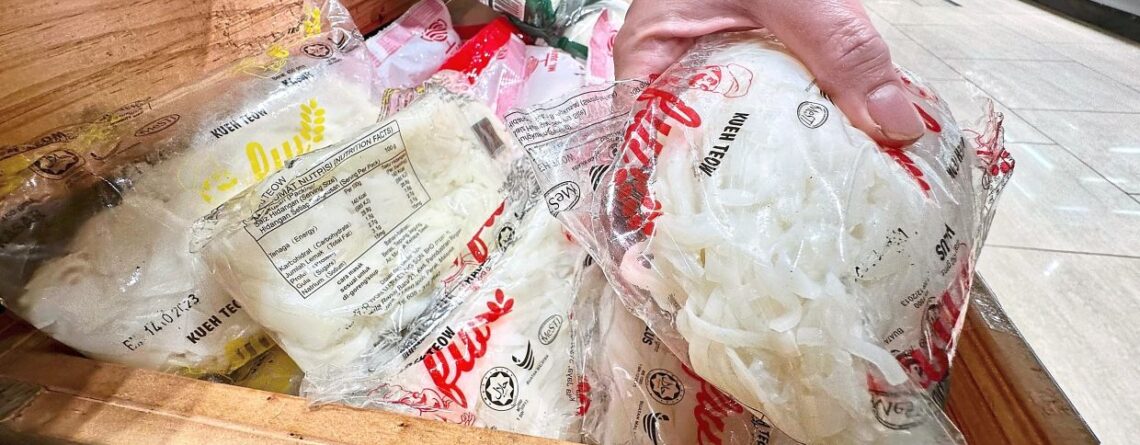Rice flour shortage comes to a boil
PETALING JAYA: The local rice shortage has forced mee hoon and kuey teow producers to rely heavily on imported rice, leading to increased production costs, say industry players.
Bee Hoon Manufacturers Association of Malaysia president Datuk Ang Cho Teing said since local rice supplies have dwindled, mee hoon producers have been using 80% imported rice for production, driving up costs significantly.
“Most of us are small-scale production factories, and with local rice supplies unavailable, we had no choice but to turn to imported rice,” he said.
This has resulted in losses of around 10%, making it challenging to compete with larger factories.
“In the face of a rice shortage, reducing production by 30%, we anticipate potential supply disruptions for small-scale factories in the next two weeks,” he said.
Ang added that imported rice is more expensive because of its shortage, making it challenging for them to provide sufficient noodles to customers.
ALSO READ: Inspected wholesalers have adequate stock of rice
“We can only request our customers sell their existing stock and wait for stable rice supplies and prices. We hope that after the rice harvest in December, we should have enough local rice,” he said.
Despite using imported rice, mee hoon manufacturers have refrained from adjusting their prices for now.
“We understand the struggles faced by hawkers. If we increase our prices, they will do the same, and consumers will be burdened by rising food costs.
“We hope the government can promptly address the rice shortage and increase local rice production.
“If we have to adjust prices, we won’t make a significant increase, perhaps just a 20sen increase per kg. Currently, we are observing the situation and hope not to raise prices,” he added.
ALSO READ: Selangor warehouses have adequate stocks of local, imported white rice
Mee hoon, kuey teow and other types of noodles are made from broken rice – fragments of grains that were broken in the field, or during drying, transport, or milling.
Malaysian Bakery, Biscuit, Confectionery, Mee, and Kuay Teow Merchants Association president Chaang Tuck Cheong also said kuey teow producers face high production costs due to the shortage of local rice.
“The price of 50kg of local broken rice has risen from RM120 to RM150, while the price of 50kg of rice has increased from RM130 to RM180, resulting in a 30% to 40% increase in production costs.
“Small-scale factories can no longer obtain broken rice and are forced to use regular rice.
“Two small factories closed down last month due to this.”
Chaang said industry players are not planning an immediate price hike and are closely monitoring the situation.
“We believe the government can resolve this issue. In the past, they have resolved problems within six months. It has been three months since the rice supply problem began, and we are giving the government time to address it.
“We hope the government can open up more rice importers to address the rice supply shortage and boost local production,” he added.
ALSO READ: Govt urged to impose harsher penalties on those manipulating local rice supply
However, Federation of Malaysian Consumer Associations (Fomca) secretary-general Datuk Paul Selva Raj said he has already seen some price increases.
“I ordered a plate of fried kuey teow and it cost RM8. Furthermore, the prices of certain food items fluctuate from week to week, making it challenging for consumers to manage.
“We hope the government can promptly address the structural issues and rice prices, and boost local rice production.
“We do not want to witness a recurring problem of food shortages every year.
“Government agencies should take a proactive stance and prepare for domestic demand and supply, considering the anticipated rise in international food prices,” he added.
Paul also stressed the importance of consumers making “value-based choices” when purchasing food and being mindful of food expiration dates to avoid hoarding excessive quantities.
“We hope the government refrains from making statements that encourage consumers to cook at home to save money, as some households have both spouses working outside and are unable to cook at home,” he said.













Leave a Reply